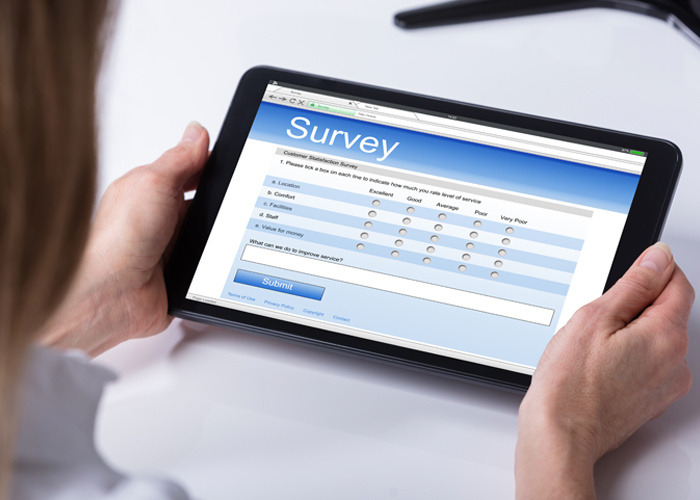
When viewing virtual HCP speaker programs, I’m fascinated with the various adult learning principles incorporated by speakers which focus on attendee engagement and behavioral change. Too often, however, there is little more than a slide deck and a didactic presentation that is reviewed by the speaker. There typically isn’t anything else in a presentation to reinforce the information discussed and to ensure retention and understanding among the audience. Usually, a speaker simply reads from the slides like a script while their audience is following along at the same time. They tend to present the data, rather than make it memorable and useful beyond the presentation.
A few years ago, I wrote about the lack of interaction I observed after attending a live speaker program. I remembered that there was a lot of good epidemiological data about how the particular disease discussed had grown in prevalence and that the treatment described was effective, with very few side effects, but a day after the program, I really didn’t remember much more of what was said. Why couldn’t I remember the data that were just presented to me the day before? I knew that if I couldn’t recall the specifics of the information, there were likely other participants in the same boat as me.
Unlock Successful Strategies to Educating HCPs
Get the latest med comm tips with V2V’s Insight newsletter!
Sign up here
"*" indicates required fields
So, which interactive techniques have changed over the last few years?
Effectively, not a lot. While medical marketers have long adopted virtual speaker programs for healthcare professionals (HCPs), I still can’t help but notice a lack of interactive components in many of these presentations. Much consideration for the attendee experience slows tremendously once a platform is found that can reliably host the speaker and the slides. Interactivity is often an afterthought when developing content when it should be one of the brand team’s focal points and part of everything—from slide development to choosing a platform, conducting rehearsals, and hosting the presentation.
These interactive elements work by employing proven active and multisensory adult learning principles, keeping the audience chair-forward via participation. Whether the program is live or virtual, there simply needs to be a regard for how adults learn, share, and retain information to ensure that the program has meaningful impact.
Remember, HCPs learn by doing. Countless studies have reinforced the principle that adults remember significantly more when they are able to interact with the information being presented, rather than just hearing and seeing it. Fostering organic and real engagement during a speaker program doesn’t necessarily come from the message itself, or even the speaker, but how it is delivered. That perfect mix of message, speaker, and delivery is the key to greater HCP understanding, learning, and retention during speaker programs. Ideally, the focus on how adults learn should be present throughout the program-planning process. When an HCP is involved with the program, rather than just being a passive spectator, they get more out of their time and will undoubtedly remember more than a bullet point or two. HCPs naturally tap into their clinical experiences to facilitate learning, so when a KOL can connect with their audience over similar experiences, it creates a positive and lasting impression.
As we’ve stated for years, the message remains true today. There is one simple change every medical marketer can make to instantly improve HCP learning and retention at speaker programs, whether they be live or virtual—incorporate interactive technology. Adults are open to modern ways of learning, provided they understand how the new format benefits the experience. Don’t just add technology for technology’s sake. Interaction adds genuine value that’s been proven to increase retention and recall. In fact, in a world of virtual communication, this message is even more true today. Much of the interaction and networking that comes naturally during a live event is absent during a virtual one, making it even more imperative to include interactive elements.

There are many effective methods available to add to your virtual HCP events and many more emerging every day. The ability to poll your audience, answer knowledge-check questions throughout the event, and submit questions to be answered in the Q&A segment are some of the very basic tactics available to include. Adults need to know how the information being presented is relevant to them, and fostering two-way communication helps alleviate any confusion or questions that pop up. Depending on the nature of your event, you might also want to consider using two-way communication tools such as chat, reaction emojis, white boards, and break-out rooms that allow attendees to interact with each other in small groups and on camera, if possible, so that you can see real-time facial expressions and responses. Finally, you can measure retention and gain valuable feedback with post-program surveys. Requesting feedback requires attendees to think back on the program and what they learned.
Furthermore, be thoughtful as to how these tactics are implemented. For example, allowing attendees to privately submit questions along the way, instead of only during the designated question-and-answer session, means that they don’t have to remember their question(s) until the program’s conclusion. Or, instead of randomly assigning break-out rooms, strategically organize the groups to create the optimal networking experience for your audience. You can accomplish this by sorting your attendees by region, specialty, or therapeutic area. Finally, carefully craft your polling questions around the key points of information you most want your audience to remember.
Adult learning principles apply to all adults, but by my own experience while interacting with HCPs throughout the years, I know this is especially true for medical professionals. Healthcare naturally attracts those who learn by doing. Giving your audience the chance to listen, see, and interact allows for the greatest total memory recall for HCPs. Doing so ensures that your brand’s message is delivered effectively and allows your audience to get the most out of the time they’re taking out of their busy schedules. It’s never too late to start incorporating interactive methods and elevating technology into your speaker programs.






